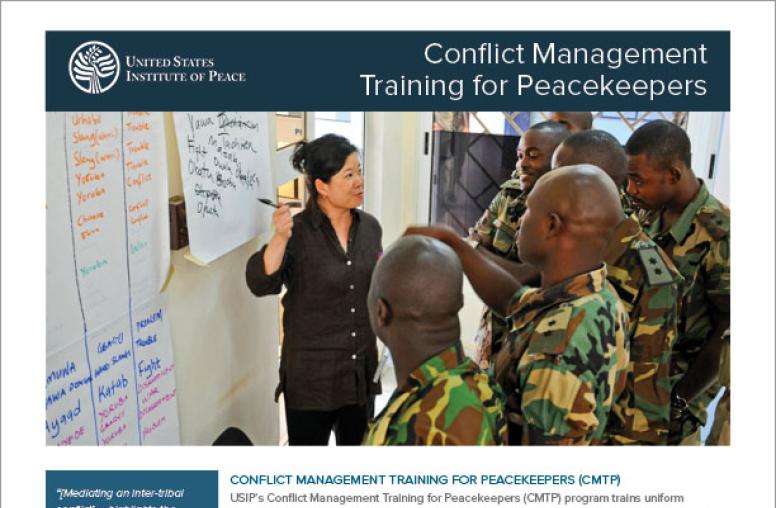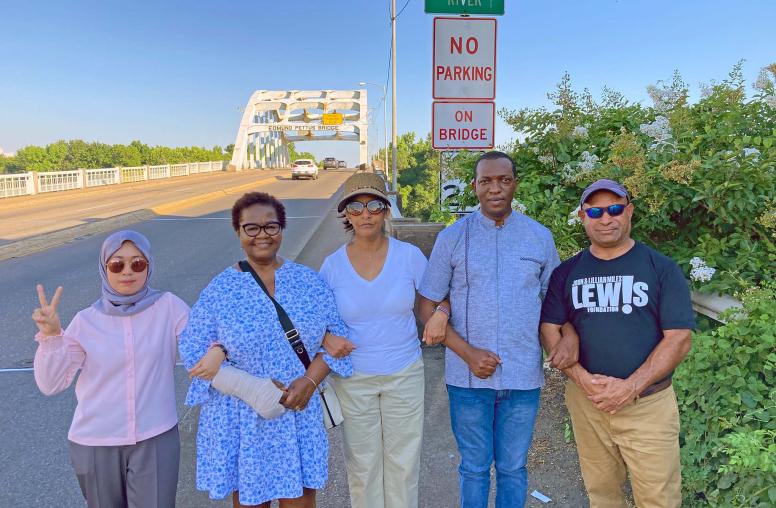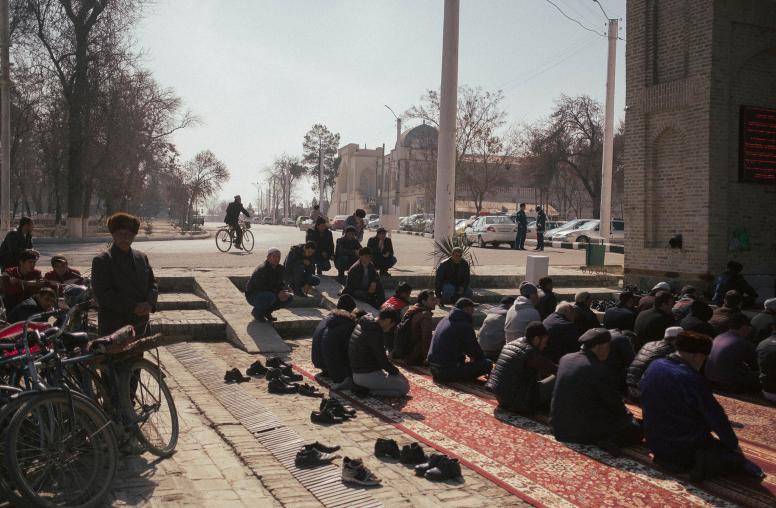Dayton Implementation: The Train and Equip Program
The Dayton Implementation Working Group project envisions meetings on the Train and Equip program, the apprehension of war criminals, the return of refugees, and Brcko as a model for peace implementation. The purpose of this working group is to encourage dialogue among representatives from the administration and Capitol Hill and policy analysts on how best to implement these critical elements of the Dayton peace agreement

About This Report
On June 6, 1997, the United States Institute of Peace convened the first session of its Dayton Implementation Working Group to discuss the NATO mandate in Bosnia and the administration's recent policy review of the Bosnian peace process. The Dayton Implementation Working Group project envisions meetings on the Train and Equip program, the apprehension of war criminals, the return of refugees, and Brcko as a model for peace implementation. The purpose of this working group is to encourage dialogue among representatives from the administration and Capitol Hill and policy analysts on how best to implement these critical elements of the Dayton peace agreement. John Menzies, former ambassador to Bosnia-Herzegovina and currently a senior fellow at the Institute, chairs the working group sessions. Participants include officials from the Department of State, Department of Defense and other federal agencies, as well as representatives of non governmental organizations (NGOs) and scholars. The Institute's objective is not to reach a consensus within the group on how best to manage Dayton implementation, but to explore the issues and options. This report, written by program officer Lauren Van Metre with the assistance of research assistant Burcu Akan, summarizes points made by working group participants attending the session on Train and Equip--that component of the overall Dayton settlement which calls for the arming and training of a Bosnian army to defend against and deter aggressors.
The views expressed in this report do not necessarily reflect those of the United States Institute of Peace, which does not advocate specific policies.



